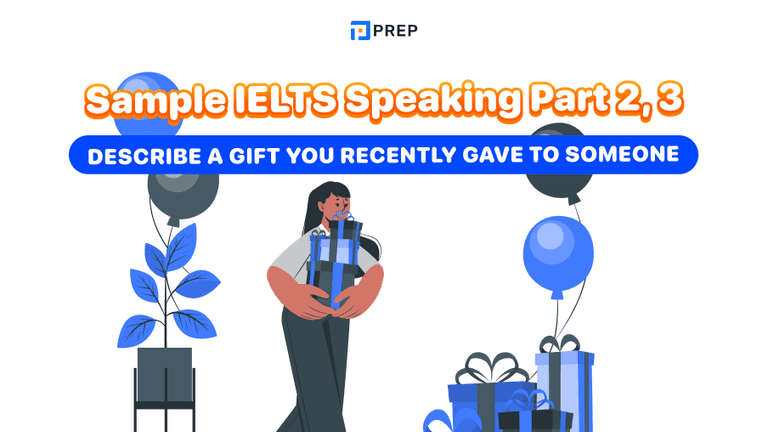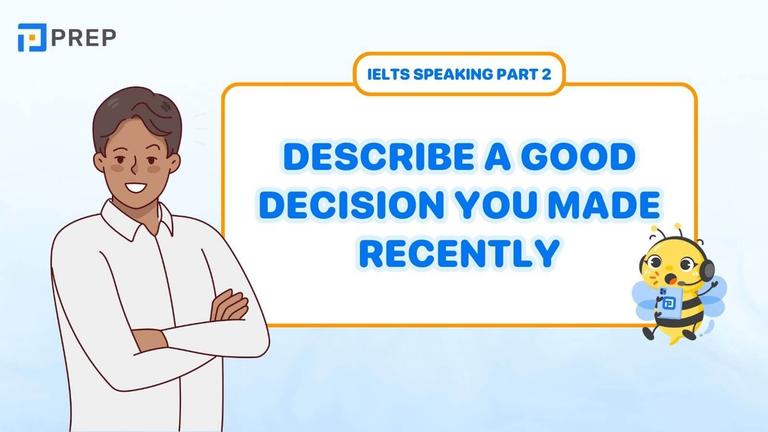TOEIC Listening Part 3 Tips for the Latest Exam Format (2025 Update)
TOEIC Listening Part 3 is becoming increasingly difficult due to the fast-paced dialogues and complex question structures. However, there's no need to worry! By familiarizing yourself with effective TOEIC Listening Part 3 strategies, you can develop the right test-taking approach, improve your listening reflexes, and boost your overall score.
I. Understanding the Structure of TOEIC Listening Part 3
When studying for TOEIC, you need to understand this test section's structure. In Listening TOEIC Part 3, candidates listen to 13 conversations that aren't printed in the test booklet. Each conversation includes 3 multiple-choice questions with 4 possible answers, and test-takers must select the most accurate response. According to the current TOEIC exam structure (which has remained consistent since the 2019 format update), Part 3 has the following characteristics:
-
Contains 39 questions total (13 conversations with 3 questions each)
-
Features a mix of 2-person and 3-person conversations
-
Includes natural speech patterns with contractions and conversational phrases (e.g., "going to" → "gonna" or "want to" → "wanna")
-
Requires test-takers to combine audio information with provided visual elements like charts or tables
-
Contains questions testing comprehension of expression patterns and overall dialogue understanding, with incorrect answers often containing words/phrases heard in the conversation
II. TOEIC Listening Part 3 Tips - Effective Strategies for High Scores
1. Track Conversation Content Based on Number of Speakers
|
Number of Speakers |
How to Apply Listening TOEIC Part 3 Strategies |
|
2-person conversations |
|
|
3-person conversations |
|
2. Recognizing Common Traps is an Effective TOEIC Listening Part 3 Strategy
|
Trap Type |
Example |
|
|
Repeated Words in Different Contexts |
Transcript: The new store was scheduled to open today but there has been a delay. However, the doors will open to the public this Friday. When will the new store open? |
Explanation: The word "open" appears twice—once with "today" and once with "this Friday." The correct answer is "this Friday," because "but" negates "today." |
|
Tips to Avoid:
|
||
|
Difficulty Identifying Speaker’s Intention (Agreeing or Disagreeing) |
W: Ted, we are understaffed today. M: Don't worry, Jenny. I already asked the trainee chefs to help us out. By the way, could you supervise and support them? W: No problem. I'm sure they will be helpful. Meanwhile, they will get hands-on experience and learn how things go in the kitchen. M: You got a point there. I will be around the hall to set up the chairs and tables. If you need me, don't hesitate to call me on my cell phone. Keep up the good work. |
Explanation: In the conversation, there's the phrase 'You got a point there' (which means 'what you're saying makes sense'). If test-takers don't know the meaning of this phrase, they'll have difficulty determining whether the speaker is agreeing or disagreeing, making them confused when selecting an answer. However, they can listen to the following sentences to understand the speaker's intention. |
|
Tips to Avoid:
|
||
3. Read questions before the recording starts to anticipate the conversation topic
|
Timing |
What You Should Do |
Outcome |
|
When the recording reads Part 3 instructions |
Read the 3 multiple-choice questions for the first conversation in Part 3. |
Reading questions in advance helps you predict the conversation content and identifies which details to focus on during the conversation. |
|
When the recording begins the conversation |
Focus on listening to the conversation and mark your answers on the Answer Sheet. |
You can complete this conversation more easily because you've read the questions in advance. |
|
When the recording reads the multiple-choice questions for the conversation |
Read the 3 multiple-choice questions for the next conversation. |
Reading questions in advance helps you predict the content of the next conversation and identifies which details to focus on. |
|
When the recording begins the next conversation |
Focus on listening to the conversation and mark your answers on the Answer Sheet. |
You can complete this conversation more easily because you've read the questions in advance. |
III. Conclusion
No matter how challenging TOEIC Listening Part 3 might seem, you only need to master the TOEIC Part 3 tips that Prep has introduced, combined with practicing numerous up-to-date TOEIC Listening format tests from various TOEIC listening resources, and you'll certainly excel in this section. Wishing you effective studying and high scores in your upcoming TOEIC exam!

Hi I'm Chloe, and I am currently serving as an Product Content Administrator at Prep Education. With over five years of experience in independent online IELTS study and exam preparation, I am confident in my ability to support learners in achieving their highest possible scores.
Comment
Premium content
View allPersonalized roadmap
Most read












